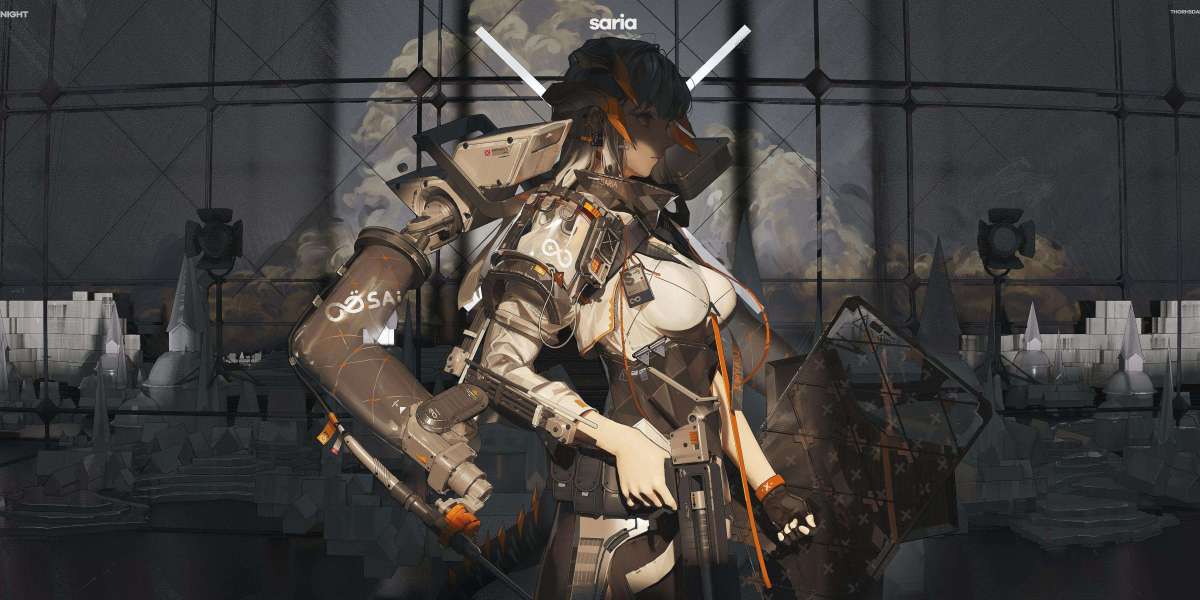Mechanical keyboards have gained immense popularity among gamers, typists, and tech enthusiasts alike. Understanding the mechanical keyboard parts is crucial for anyone looking to enhance their typing experience. This article delves into the key components that make up a mechanical keyboard, providing insights into their functions and significance.

Key Switches: The Heart of Mechanical Keyboards
At the core of every mechanical keyboard are the key switches. These switches determine the feel and responsiveness of each key press. There are several types of switches, including:
- Linear Switches: These provide a smooth keystroke without tactile feedback.
- Tactile Switches: These offer a noticeable bump when the key is actuated, providing feedback to the user.
- Clicky Switches: These combine tactile feedback with an audible click, making them popular among typists.
Choosing the right switch can significantly influence your typing experience. Have you considered what type of switch best suits your needs?
Keycaps: The Interface Between You and Your Keyboard
The keycaps are the visible part of the keyboard that you interact with. They come in various shapes, sizes, and materials, affecting both aesthetics and functionality. Common materials include:
- ABS Plastic: Lightweight and affordable, but may wear down over time.
- PBT Plastic: More durable and resistant to wear, making it a preferred choice for many enthusiasts.
When selecting keycaps, consider their profile and compatibility with your keyboard layout. Would you prefer a custom design or a standard set?
PCB and Backlighting: The Technical Backbone
The printed circuit board (PCB) is the foundation of a mechanical keyboard, connecting all the switches and allowing for communication with your computer. Some PCBs support advanced features like programmable keys and RGB backlighting. Backlighting not only enhances the visual appeal but also improves usability in low-light conditions. If you enjoy customizing your setup, look for a PCB that supports these features.
Stabilizers: Ensuring Stability and Comfort
Stabilizers are essential for larger keys, such as the spacebar and enter key. They prevent wobbling and ensure a consistent feel across all key presses. There are different types of stabilizers, including:
- Clip-in Stabilizers: Easy to install and remove, making them a popular choice for beginners.
- Screw-in Stabilizers: Provide a more secure fit and are favored by enthusiasts for their stability.
Choosing the right stabilizers can enhance your overall typing experience. Have you ever experienced key wobble while typing?
Conclusion: Building Your Perfect Mechanical Keyboard
Understanding the various mechanical keyboard parts is essential for anyone looking to build or customize their keyboard. From switches to stabilizers, each component plays a vital role in your typing experience. If you're interested in enhancing your keyboard setup, consider exploring various accessories available at .
By familiarizing yourself with these components, you can make informed decisions that align with your preferences and typing style. Happy typing!








